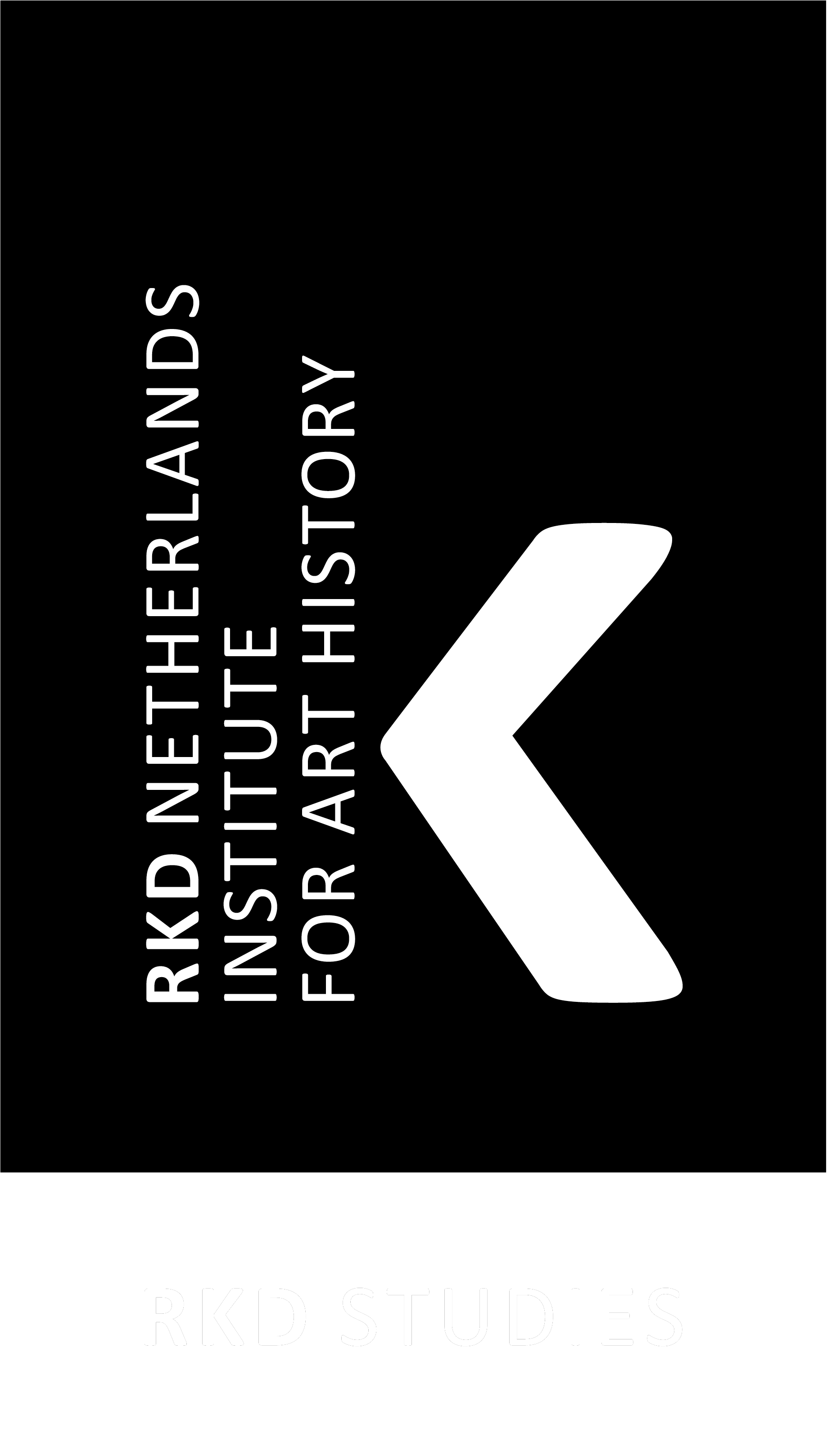Introduction


Rieke van Leeuwen & Gert Jan van der Sman
It is with great pleasure and pride that we present Gerson Digital Italy in the digital format of RKDStudies. This is the fifth volume in the Gerson Digital series comprising the fully illustrated and annotated chapters, in English translation, of Horst Gerson’s Ausbreitung und Nachwirkung der holländischen Malerei des 17. Jahrhunderts, first published in 1942. Previous publications in the series were dedicated to Poland, Denmark, Germany, the Archduchy of Austria and Bohemia.
This new scholarly edition of Gerson’s chapter on Italy was carried out jointly by the Nederlands Interuniversitair Kunsthistorisch Instituut in Florence (NIKI) and the RKD with the assistance of a team of trainees and volunteers and is the result of three main lines of research.
First, we reviewed and updated the biographical data of all the artists, art dealers and collectors mentioned in the text, drawing on the impressive body of scholarly work that has appeared in print since 1942. Archival research conducted in Italy and the Netherlands has uncovered a wealth of information about Dutch painters who travelled to Italy, making it possible to date the Italian sojourns of many of these artists with reasonable accuracy and detail their living arrangements in cities such as Venice, Milan, Florence, Rome, Naples and Palermo. The reliance of Dutch painters on Italian sponsorship was also taken into account. Source-based investigations into the history of collecting have brought to light precious evidence of the nature of the relations between foreign artists and their patrons; in addition, research into the dynamics of the art market has shown that even well-established artists sold works to local merchants. All these basic findings ultimately contributed to the reconstruction of the financial circumstances and social environment of the artists discussed here. For the Gerson Digital : Italy project we have thus updated most of the records already present in the RKDartists database and added new ones concerning hitherto less-known individuals. Whenever possible, we supplied specific information on where artists, patrons and collectors used to live: these data can be accessed through the RKDmaps tool integrated in the RKD-artists records. Altogether, we gathered information on over 1,400 artists, art dealers and collectors (click here). During this process we received valuable input and help – for which we are most grateful – from research assistants and interns both at the RKD in The Hague and the Dutch University Institute for Art History in Florence: their names are mentioned on the title page and in the colophon.
The second phase involved making all the works of art mentioned in Gerson’s chapter on Italy visually accessible through RKDimages; we also included references to additional works we regarded as relevant to the understanding of Gerson’s text. Special attention has been devoted to the paintings and drawings produced by Dutch artists during their stay in Italy, since in this field as well international scholarship has made significant progress since 1942: well-known oeuvres were meticulously reexamined, and new light was cast on the production of rather obscure painters and draftsmen. A considerable number of Dutch paintings still located in Italy has a long and well-documented provenance, and the Repertory of Dutch and Flemish Paintings in Italian Public Collections published by the Dutch University Institute for Art History in Florence served as an important tool with regard to reconstructing this particular aspect of the artistic relations between Italy and the Low Countries. As a result, the information provided in the new or updated records reflects the current state of scholarship on the digitized works. In the RKDimages-database there are now over 2,500 paintings, drawings and prints related to the Italian project (click here).
Finally, we looked at Gerson’s Ausbreitung und Nachwirkung der Holländische Malerei des 17. Jahrhunderts with fresh eyes. The number of footnotes has increased considerably, since we supplemented his original ones, labeled [Gerson 1942/1983], with many new comments, preceded by [Leeuwen/Sman 2019]: the latter stem from the richness of the text itself, where almost every page bursts with references to individual artists. Unsurprisingly, recent scholarly findings do not always support Gerson’s insights. Indeed, Gerson himself was well aware that the Italian chapter of his book deserved further attention, going so far as to take up residence in Rome in order to gather material for a revised edition, as pointed out by Bert Meijer in the preface to the 1983 reprint. The new footnotes usually reference contributions published over the past decades. These include comprehensive studies of a general nature as well as specialist research on individual artists and artworks (while additional titles are often listed separately in the RKD-artists and RKD-images records): one may thus find mention of books and articles addressing – for instance – the influence of Caravaggio or Adam Elsheimer on Dutch 17th-century painting, the activities and role of the ‘Schilderbent’ in Rome, or the development of specific pictorial genres and subgenres such as the Bambocciate, Italianate landscapes and Mediterranean harbor views. All bibliographical references in the footnotes are in abbreviated form. The abbreviations refer to the Bibliography (click here) for Gerson’s chapter on Italy, which testifies to the breadth and diversity of the literature produced on the subject both before and after 1942.
We pursued these three lines of research in the belief that combining them into a single project would contribute to a broader and better understanding of the artistic relations between the Netherlands and Italy in the 17th century. It is our hope that the wealth of information presented here will be of use to international scholarship and will stimulate further interest in this field.